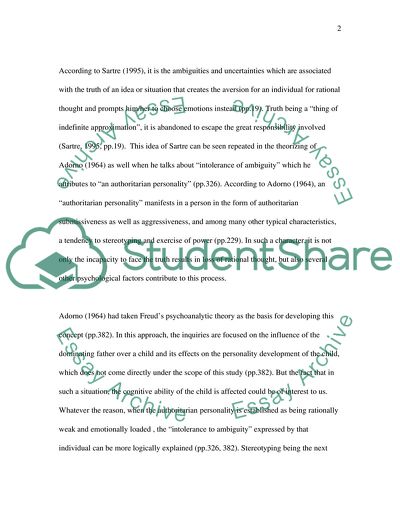Cite this document
(Critical Analysis of the Examination of Emotion Case Study, n.d.)
Critical Analysis of the Examination of Emotion Case Study. Retrieved from https://studentshare.org/social-science/1742644-critical-analysis-of-the-examination-of-emotion-versus-rational-thought-in-the-creation-of-prejudiceand-the-influence-of-society-and-groups-on-an-individuals-identity
Critical Analysis of the Examination of Emotion Case Study. Retrieved from https://studentshare.org/social-science/1742644-critical-analysis-of-the-examination-of-emotion-versus-rational-thought-in-the-creation-of-prejudiceand-the-influence-of-society-and-groups-on-an-individuals-identity
(Critical Analysis of the Examination of Emotion Case Study)
Critical Analysis of the Examination of Emotion Case Study. https://studentshare.org/social-science/1742644-critical-analysis-of-the-examination-of-emotion-versus-rational-thought-in-the-creation-of-prejudiceand-the-influence-of-society-and-groups-on-an-individuals-identity.
Critical Analysis of the Examination of Emotion Case Study. https://studentshare.org/social-science/1742644-critical-analysis-of-the-examination-of-emotion-versus-rational-thought-in-the-creation-of-prejudiceand-the-influence-of-society-and-groups-on-an-individuals-identity.
“Critical Analysis of the Examination of Emotion Case Study”, n.d. https://studentshare.org/social-science/1742644-critical-analysis-of-the-examination-of-emotion-versus-rational-thought-in-the-creation-of-prejudiceand-the-influence-of-society-and-groups-on-an-individuals-identity.


